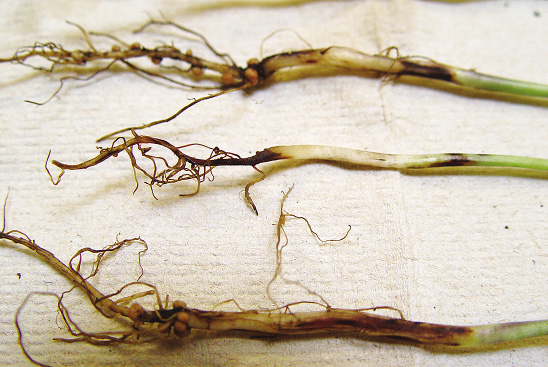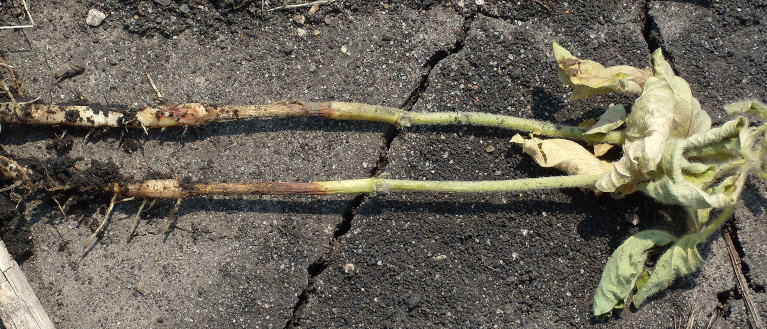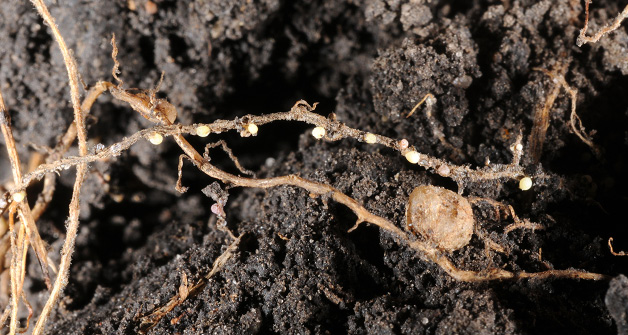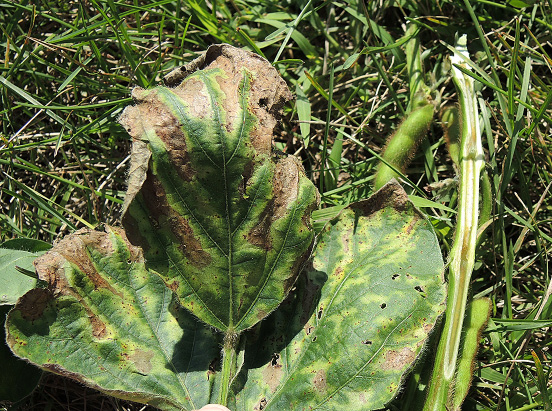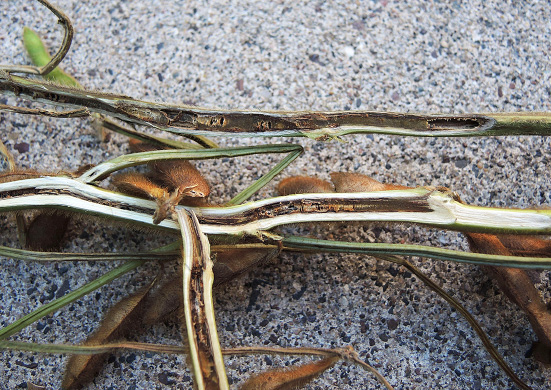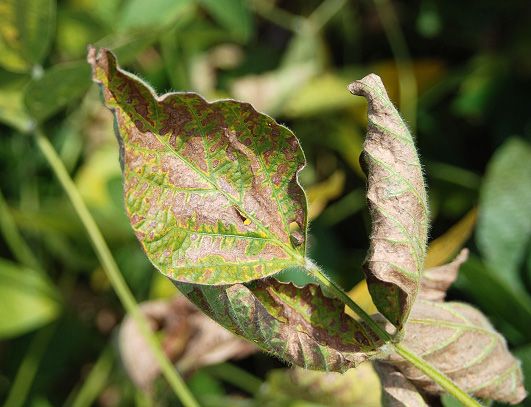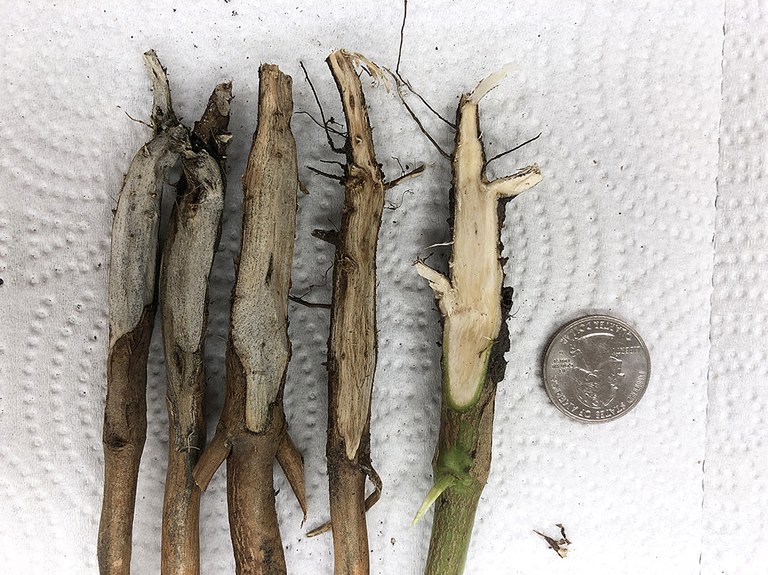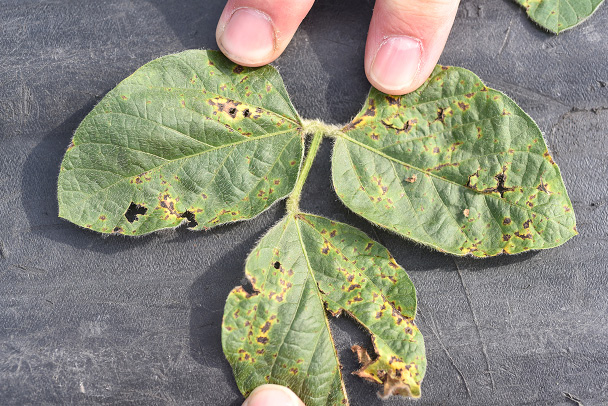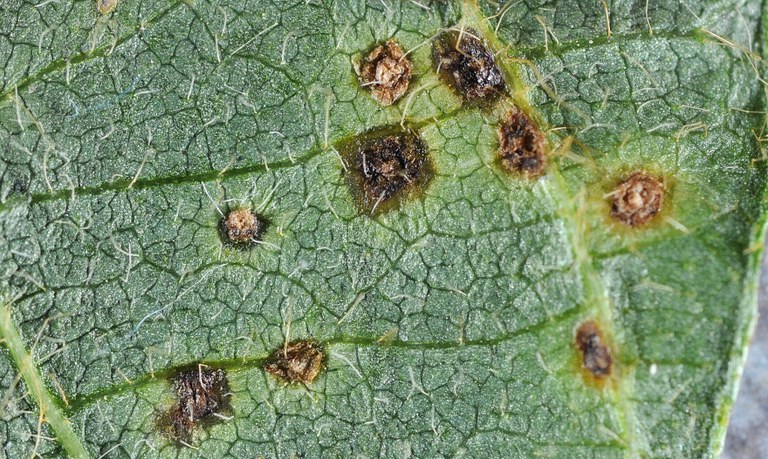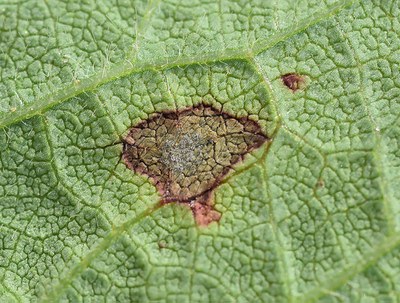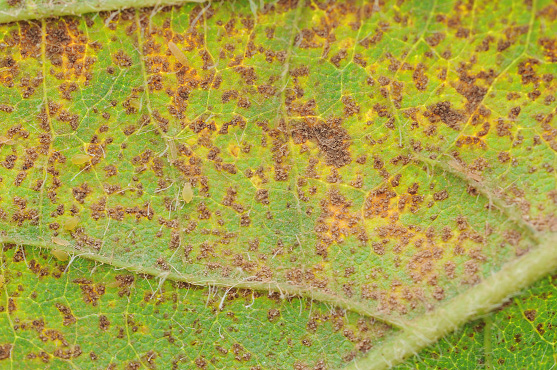Title
Soybean Disease Diagnostic Series
(PP1867, Reviewed Jan. 2024)File
Publication File:
PP1867 Soybean Disease Diagnostic Series
Summary
This series aids in disease identification.
Availability
Availability:
Available in print from the NDSU Distribution Center.
Contact your county NDSU Extension office to request a printed copy.
NDSU staff can order copies online (login required).
Publication Sections


